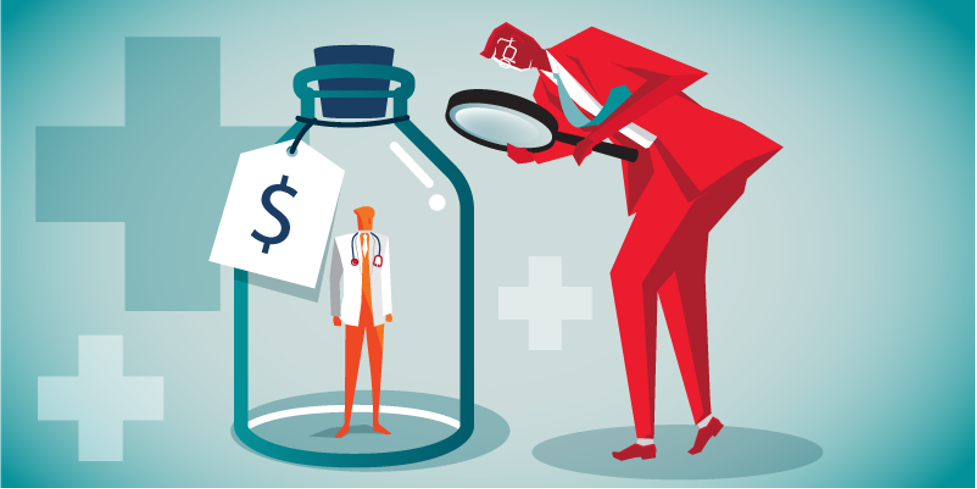I. INTRODUCTION
For some time now, American citizens infected with human immunodeficiency virus (HIV) and acquired immune deficiency syndrome (AIDS)[1] have held a tenuous place amidst the substantively ambiguous concentric circles of the healthcare system, insurance regimes, and the law. Literally and legally, these individuals—despite being engulfed in an epidemiological and often-losing battle for their lives—only have shaky ground, at best, upon which to demand per se protections under the law throughout the various stages of their disease.[2] Unfortunately for them, the economic rationales for health status-based insurance discrimination and the legislative silence on protection under the Americans with Disabilities Act have resulted in a legal “donut hole” that has left many asymptomatic[3] HIV and AIDS sufferers lost in the legal fray, further stigmatized and uninsured with mounting medical costs and no foreseeable economic relief.
However, now that the Obama Administration has instituted major health care reform, both the health care system and the insurance coverage regime will receive a significant overhaul. This Blog posits that, while “Obamacare” reform is no doubt one of the most significant pieces of social legislation of this era, the two laws that define it—the Patient Protection and Affordable Care Act[4] (PPACA) and the Health Care and Education Reconciliation Act of 2010[5]—are both riddled with the same substantive ambiguities that plague their statutory predecessors, and ultimately leave asymptomatic AIDS and HIV suffers unprotected from discrimination.
I. Introduction
In March 2009, Housing and Urban Development Secretary Shaun Donovan testified before Congress about the growing danger of a unique low-income housing crisis. He stated that suburban sprawl has decentralized both affordable housing and job opportunities, which has rendered low-income families particularly susceptible to energy cost spikes. Today, low-income suburban families spend nearly one third of their income on transportation.[ii] As the price of private transportation continues to soar, the rate of gentrification of urban areas has increased. This, in turn, leads to rises in rents and property taxes in urban areas, which forces low-income residents to migrate to low-cost areas. And for the first time, the destination of the underclass is the former haven of the old establishment: the suburbs, which during the past twenty years have been overbuilt and are now drastically undervalued.[iii] However, low-income families are particularly ill-suited to suburban life. Its low densities and “clustered” land use patterns make public transportation uneconomical,[iv] and compel transportation by automobile.[v] Faced with unprecedented demand for private transportation among indigent drivers, states should seek to decrease the derivative costs of car ownership by providing government-run automobile insurance schemes for minimum coverage. As three Canadian provinces demonstrate, such schemes ensure lower and more equitable insurance premium costs.
II. Automobile Insurance Law in the United States
That indigents must bear suburban driving costs is an unfortunate consequence of the market response to the energy crisis. However, driving also requires purchasing automobile insurance, which is a matter of state control. Current insurance schemes are an artifact of suburban preference for upper- and middle-class consumption: insurers exploit a false market to raise rates, and exploit information asymmetries to package gains as losses.[vi] Such transaction costs presuppose a consumer’s voluntarily participation in the market. But what of the involuntary participant?
